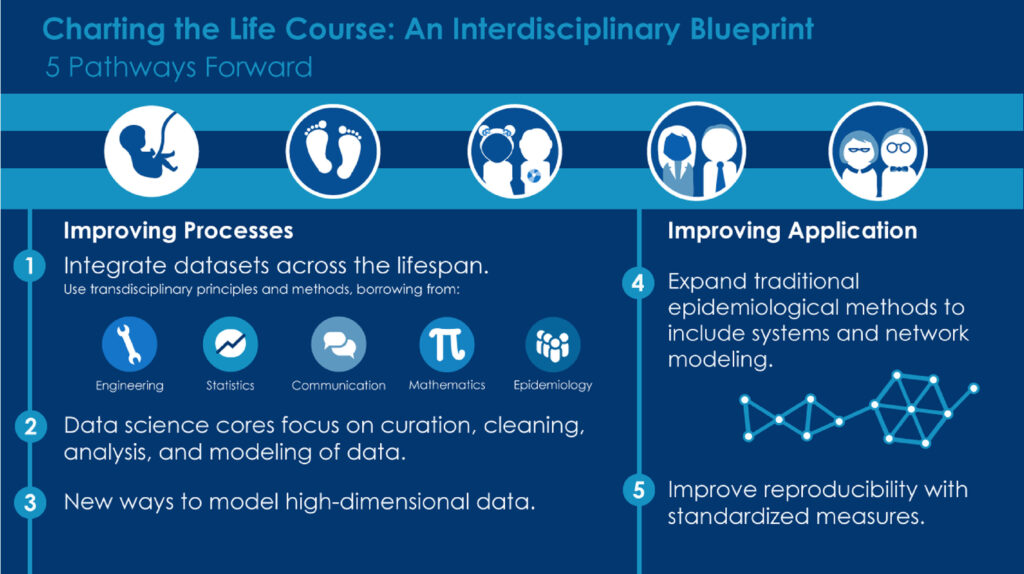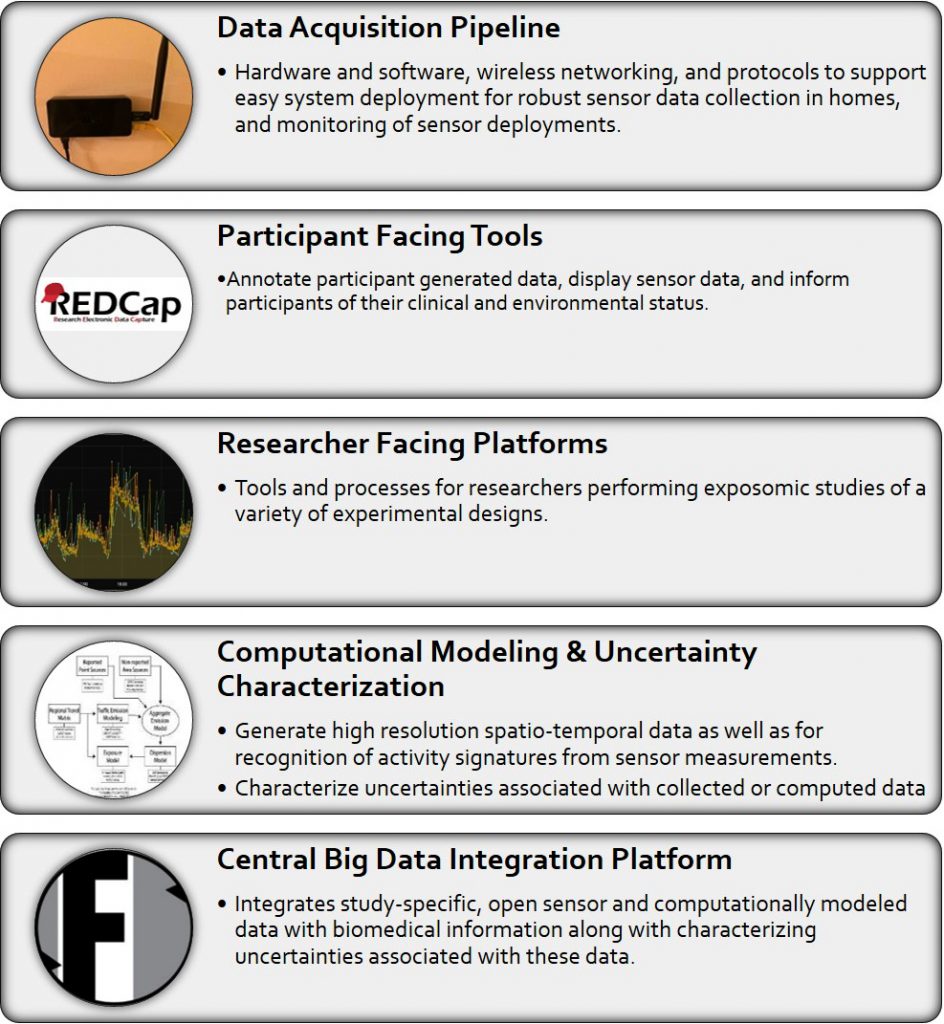Characterization of Satellite-Derived Air Quality Measurements for Health Applications
Summary: Adverse air quality (AQ) increases health morbidities including cardiovascular, respiratory, diabetes and COVID-19. Environmental Protection Agency’s ground-based monitors are often used to predict AQ for areas outside of their range. Satellite data may provide higher spatial and temporal resolution AQ data. Assess the potential of using satellite AQ data of PM2.5, NO2, SO2, and …
Characterization of Satellite-Derived Air Quality Measurements for Health Applications Read More »





